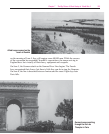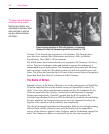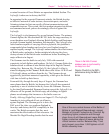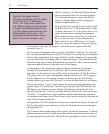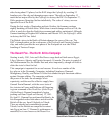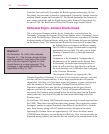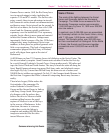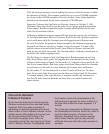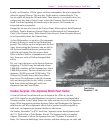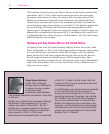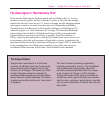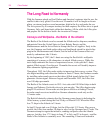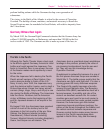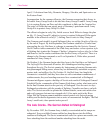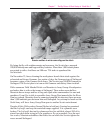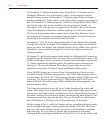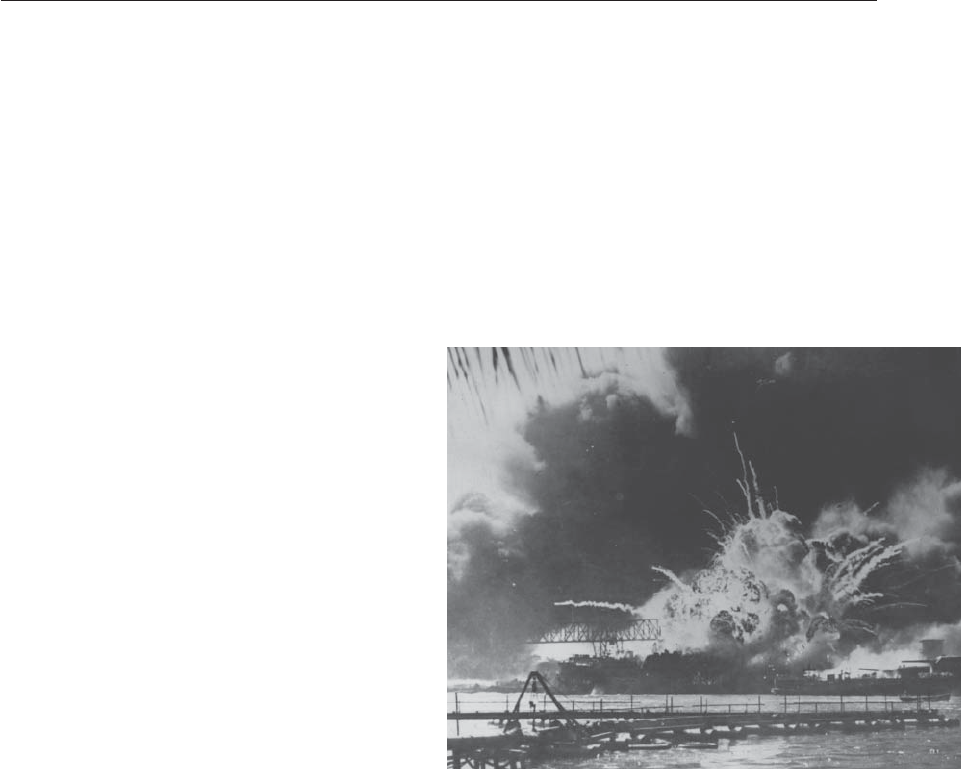
Chapter 7 The Big Picture: A Short History of World War II
133
Finally, on December 5 Hitler agrees with his commandershe must suspend the
offensive against Moscow. The next day, Stalin orders a counteroffensive. The
Soviets attack all along the 500-mile front. Their objective is to quickly drive two
wedges deep into Army Group Center, isolate the Germans, then beat them in
detail. From the beginning the attacks meet with success; the Germans are
exhausted and overextended.
Enraged by the turn of events on the Eastern Front, Hitler replaces both Rundstedt
and Bock. Then he dismisses General Walter von Brauchitsch as Commander in
Chief of the German Army; Hitler himself takes the post. From this point forward,
he will personally direct the German Army.
At first Hitler makes a wise move: He commands
all units in Russia to stand fast and defend their
ground. This stiffens resolve and prevents the Red
Army from routing the Germans, who are able to
fall back and establish defensive positions they
will hold until spring. But this success leads
Hitler to believe that his commanders are worth-
less; from now on he will often disregard their
advice.
By year’s end, the losses on the Eastern Front are
staggering. The Red Army has endured at least
5,000,000 casualties and the Germans have taken
3,000,000 prisoners. The loss of materiel is also
immense
30,000 guns and 20,000 tanks. The
Wehrmacht (German Army) has also suffered
huge losses. The difference is that the Germans
have not destroyed the Soviets’ ability to rearm,
both from within and through Lend-Lease
shipments from the United States.
Sunday Surprise
The Japanese Bomb Pearl Harbor
A form of National Socialism took root in Japan in the 1920s; by the late
mid-1930s Japan has invaded Manchuria in search of resources and cheap labor.
Tensions escalate as the United States uses trade sanctions to cut off oil supplies to
Japan. While negotiations continue between Tokyo and Washington, the Japanese
mobilize for war. When diplomatic efforts fail to produce results acceptable to
both sides, the Japanese government decides to take action.
On Sunday, December 7 at 0755 local time, Japanese carrier-based planes attack
the U.S. Pacific fleet at Pearl Harbor, Hawaii. The Japanese achieve complete
surprise. Resistance is token; the Japanese lose only 29 planes. In a matter of
hours, five American battleships, three cruisers, and three destroyers are sunk, and
Pearl Harbor
December 7, 1941



